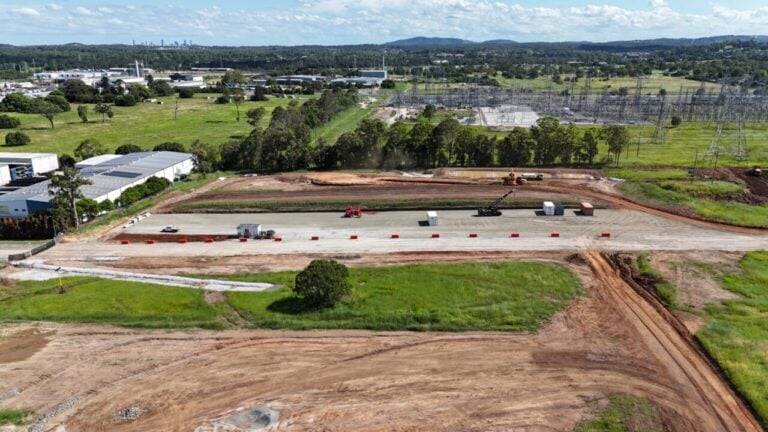As Quinbrook revealed yesterday (21 January), several banks, including Bank of America, Commonwealth Bank of Australia, Deutsche Bank, Mizuho Bank, and MUFG Bank, have provided financing.
Brian Restall, managing director and regional leader of Australia for Quinbrook, said the financing reflects the Supernode project’s robust qualities.
“We are very pleased with the successful close of this financing which reflects the robust qualities of the Supernode project as structured by our team, especially the offtake partnership we have agreed with Origin Energy,” Restall said.
“We are grateful for the strong support received from both our existing and new financing partners who recognise the critical role that large-scale storage investments provide in supporting Queensland and the wider National Electricity Market (NEM) as the energy transition accelerates.”
It is worth noting that Quinbrook closed financing on the first stage of the Supernode project in April 2024. This stage comprises 250MW/500MWh of battery energy storage, with Australian utility company Origin Energy having been contracted as its exclusive off-taker.
In July, Quinbrook and Origin signed a further agreement to encompass full capacity from the 250MW/1,000MWh stage two. Battery energy storage system (BESS) solutions provider GE Vernova has been tapped to provide the BESS for stages one and two of the project.
Supernode’s strategic positioning attracts off-takers
The Supernode battery energy storage project is located in the Queensland suburb of Brendale, in Moreton Bay, an area that has been deemed strategic to the state’s grid.
As a result, the project has attracted the attention of state-owned power company Stanwell Corporation, which sought to sign a 15-year off-take agreement for 1,010MWh of storage energy.
The contract would cover all the capacity of stage three of the Supernode project. Quinbrook is developing the project as a combination of low-carbon data centre campuses and large-scale BESS technology.
According to Quinbrook co-founder and managing partner David Scaysbrook, the South Pine switchyard is the central node of Queensland’s electricity network, with an estimated 80% of Queensland’s traded electricity flowing through it every day. Incidentally, this is also where the Supernode project will connect to the NEM.
Energy storage and data centres
As previously mentioned, one of the core elements of the Supernode projects is the inclusion of a data centre complex. Data centres are increasingly becoming a key component of contemporary and future society.
A rise in artificial intelligence (AI) and the digitalisation of the globe through the Internet have seen an increasing need for data centres. However, data centres can be very energy-intensive and can strain grids.
The critical components of a data centre design include routers, switches, firewalls, storage systems, servers, and application-delivery controllers. Data centres operate 24/7, 365 days a year, as they must ensure servers are running nonstop to ensure data availability and reliability.
Because of this, cooling is a crucial aspect of a data centre. Servers produce significant heat while operating, so cooling systems prevent overheating, ensure optimal performance, and avoid hardware failures. However, these cooling systems can consume a lot of energy.
Most modern systems also have backup measures installed. These are often built to ensure data availability in case of hardware failures, and depending on each facility, they may run multiple servers simultaneously, increasing energy consumption.
Due to the energy intensiveness of data centres, developers have often secured off-take agreements from renewable energy generation plants and energy storage systems. For example, in Arizona, US, Ørsted and US utility Salt River Project’s 300MW Eleven Mile Solar Center solar-plus-storage project is providing energy to a data centre owned by technology giant Meta.
Elsewhere in the US market, battery developer GridStor acquired a 200MW/800MWh in-development project in Oklahoma. The project will be constructed in two phases to support multiple operational or in-development data centres.

